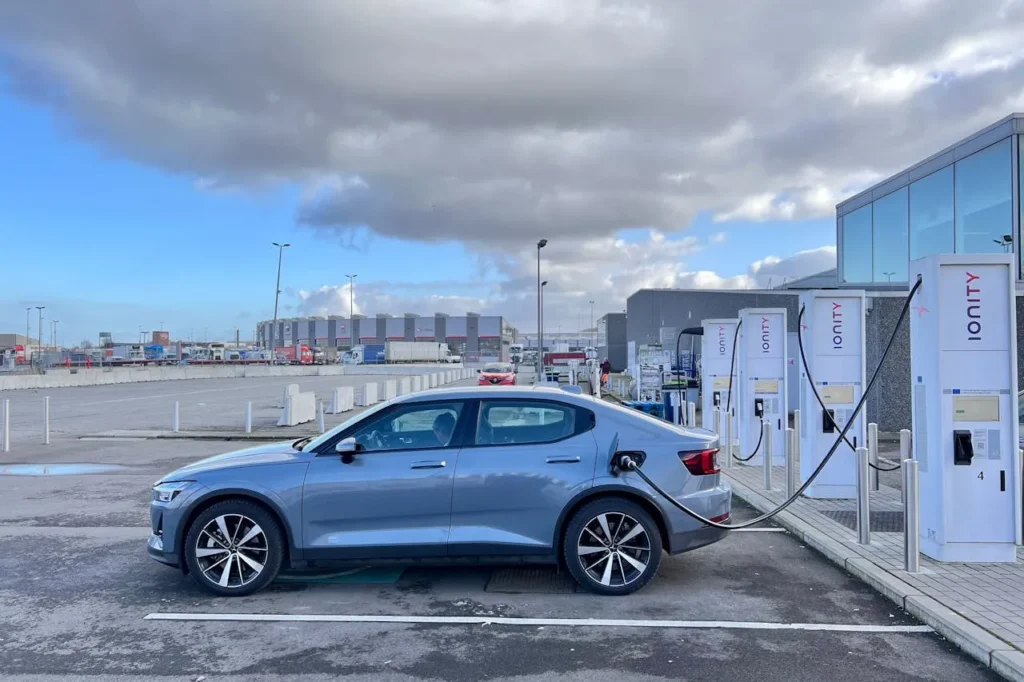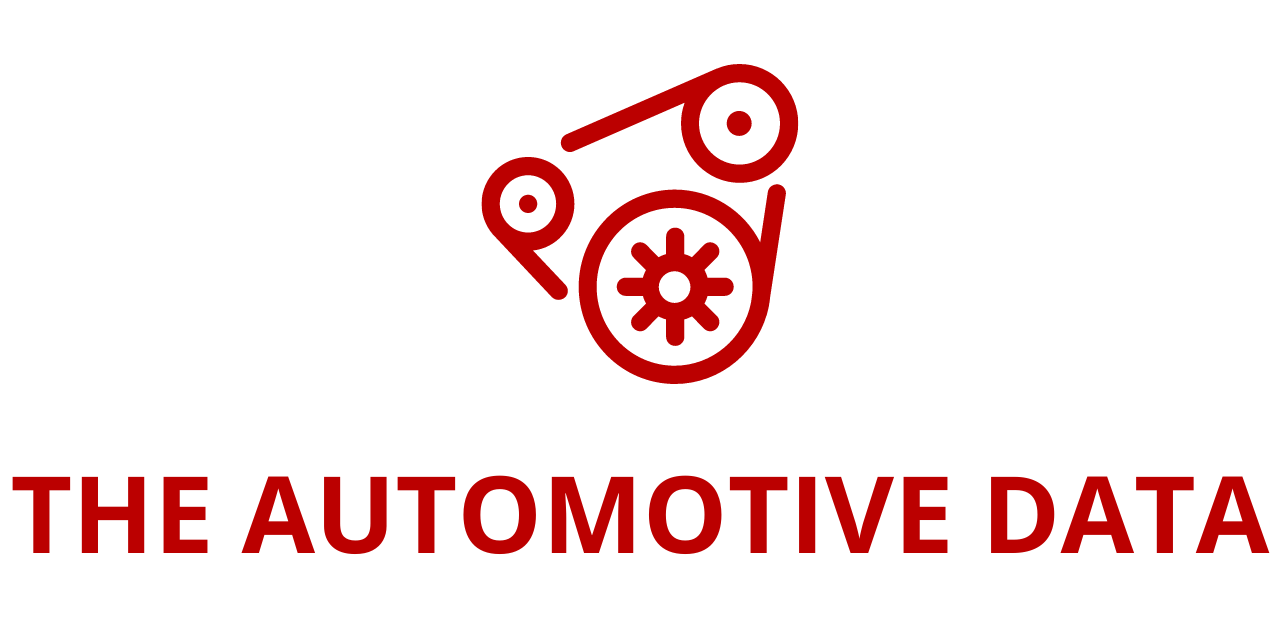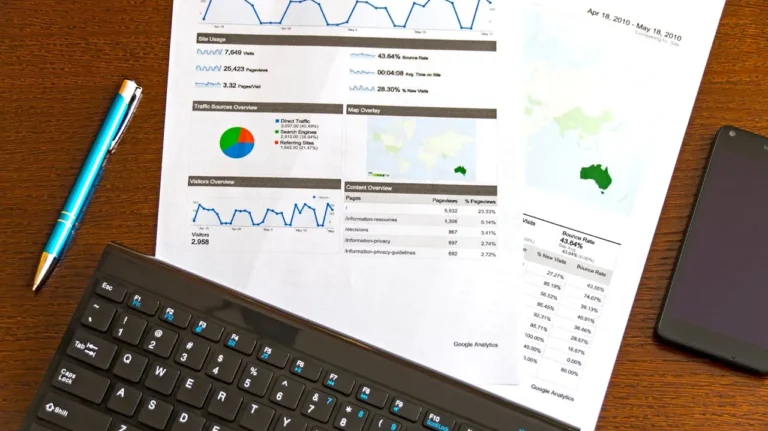
This report is crafted to inform and guide utility stakeholders on how artificial intelligence
The Smart Electric Power Alliance (SEPA), in collaboration with Bidgely, has recently released a comprehensive Insight Brief titled “AI for Transportation Electrification.” This report is crafted to inform and guide utility stakeholders on how artificial intelligence (AI) can significantly enhance grid impact analysis and support the effective management of the increasing demand from electric vehicles (EVs). By leveraging AI-driven tools, utilities can not only improve their operational efficiency but also foster greater adoption of EVs while maintaining grid stability.
Sheri Givens, President and CEO of SEPA, emphasized the importance of this collaboration, stating, “SEPA’s partnership with Bidgely highlights the transformative role of AI in tackling the multifaceted challenges of transportation electrification. Through this report, we aim to equip utilities with actionable strategies that promote EV adoption and ensure the resilience of the electric grid.”
The Insight Brief focuses extensively on the application of Bidgely’s disaggregation technology, which allows utilities to derive detailed insights from advanced meter infrastructure (AMI) data. This technology offers several key benefits:
- Efficient Identification of EV Drivers: Traditional methods such as self-reports and surveys often fall short in accurately identifying EV owners. AI-driven disaggregation technology enables utilities to detect EV usage patterns directly from AMI data, leading to more precise and personalized customer engagement strategies.
- Enhanced Understanding of EV Charging Characteristics: The technology differentiates between Level 1 and Level 2 chargers and provides granular details on charging patterns, including the time of day, duration, intensity, and amplitude of charges. This data is crucial for designing effective managed charging programs.
- Optimized EV Managed Charging Programs: By analyzing customer responses to previous initiatives, utilities can fine-tune their programs to achieve higher participation rates and better load management outcomes.
- Accurate Forecasting for Infrastructure Planning: Mapping transportation electrification trends enables utilities to predict EV load growth at a granular level, aiding in proactive infrastructure development and resource allocation.
The report delves into case studies from two leading North American utilities—Hydro One and NV Energy—to illustrate the practical applications and benefits of AI in managing EV integration.
Hydro One’s Innovative Approach:
Hydro One, responsible for electricity transmission and distribution across Ontario, Canada, utilized AMI data disaggregation to identify 20,000 EVs actively charging on its grid. This figure was ten times higher than the number reported through traditional customer surveys, showcasing the accuracy and efficiency of AI-driven detection. Armed with these insights, Hydro One refined its customer engagement strategy by tailoring messages based on individual consumption patterns. This personalized approach led to the rapid enrollment of 300 participants in a pilot EV demand response program within just 24 hours.
NV Energy’s Strategic Implementation:
Serving the diverse regions of northern and southern Nevada, NV Energy employed AI-powered data disaggregation to gain a comprehensive understanding of EV charging behaviors. The utility identified how frequently EV drivers charged during peak hours and analyzed the impact on overall electricity demand. By targeting customers with high-value baseline charging behaviors, NV Energy achieved load-shift potentials ranging from 2 to 4 kilowatts (kW) per managed charging event. This performance significantly outpaced typical load shifts of 0.2 to 0.8 kW per vehicle, representing a 2.5 to 10-fold improvement. Such targeted load-shifting initiatives not only bolster grid resilience but also deliver cost savings for both utilities and their customers.

Abhay Gupta, CEO of Bidgely, highlighted the strategic value of AI in modern utility operations, stating, “AI is crucial for utilities to proactively address the grid challenges posed by the surge in electric vehicles. We are proud to support SEPA in creating a resource that underscores the importance of sophisticated, AI-driven EV programs.”
The report underscores that as EV adoption accelerates, utilities face the dual challenge of managing increased electricity demand while maintaining grid reliability. AI emerges as a pivotal tool in this landscape, offering utilities the capability to analyze vast datasets, predict consumption trends, and implement responsive strategies in real-time.
In conclusion, SEPA and Bidgely’s Insight Brief serves as a vital resource for utilities navigating the complexities of transportation electrification. By embracing AI technologies, utilities can not only enhance their operational efficiencies but also play a pivotal role in advancing sustainable transportation solutions. The report advocates for a proactive approach, encouraging utilities to integrate AI-driven analytics into their strategic planning to foster a resilient, future-ready electric grid.







